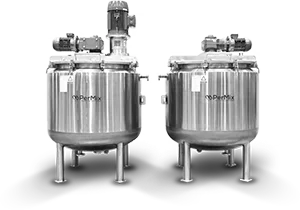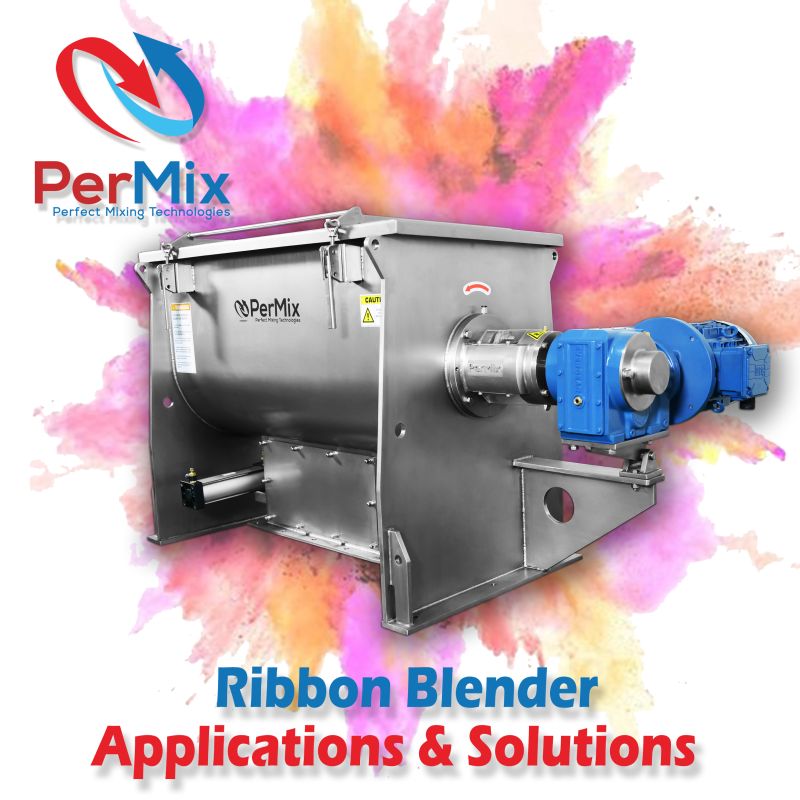Industrial Mixers
PerMix News & Updates



PerMix Engineering Team Presents: Selecting The Right Configuration Of Ribbon Mixers
A ribbon mixer consists of a U-shaped horizontal trough and an agitator made of inner and outer helical ribbons which move them radially as well as axially. Blending time is usually less and mix quality is also good. In principle, a ribbon mixer requires very little maintenance.
Ribbon Mixer selection and specification:
One should take care of the sizing parameters as well as features that can be changed according to the need of your operation. Main thing is to define the entire process in detail so that one can arrive at the best model. Another parameter to take into considerations are volume required – which helps in arriving at proper size of the mixer, bulk density – which helps in determining how much dense the material is and whether the mixer will be suitable for that application or not.
Some of the common problems faced during ribbon blender processes are mentioned below, along with the solution.
Powder Blending – Batch processing is the most common ribbon blender operation. Mixing of spices, tablet formulations, chemical additives, powdered flavorings, baking mixes, etc. are some of the examples of mixing process which can be done in a ribbon mixer. Mixing process typically gets over within 15-20 minutes. Depending on the material characteristics of the powder in your batch’s recipe some of the optional features such as dust discharge valve are worth considering.
Particle Coating – Another frequent use of ribbon blender is to coat the smaller particles onto the particles with the higher size. As the particles sizes are different, close tolerances must be provided between the ribbon blades and trough which eliminates the dead zone present in the mixer. Another thing to be kept in mind is how the minor ingredient is added and at what time, cause it also affects the quality of the mix.
Vacuum drying – Another common operation that can be performed on ribbon blender is drying of the powders. The combination of reduced pressure and constant stirring accelerates the drying even at nominal temperatures. This process is ideally suited for the heat-sensitive material prone to thermal degradation when exposed to high temperatures.
Mixing solids of different particle shapes and sizes – In this situation, the different components in a mixture vary in size, shape and density. Achieving a thorough blend must often be balanced with minimizing damage to the more delicate ingredients. Fast and gentle mixing in a ribbon blender is a suitable method for preparing the blend.
#mixing#blender#ribbonmixer#permix#foodmanufacturing#pharmaceuticalmanufacturing#mixing